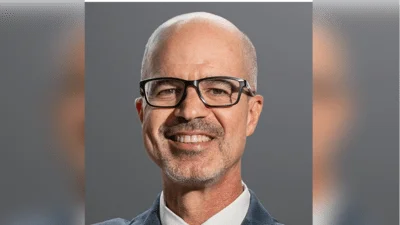DEATH VALLEY, CA - On the evening of February 6, 2020, Inyo County Sheriff's Office
received report of a satellite SOS activation in the vicinity of Cottonwood Canyon, in
Death Valley National Park.
A backpacker on a multi-day trip fell while descending into a side canyon west of the
main Cottonwood Canyon, suffering a severe lower extremity injury. Hikers in the
canyon below made audible contact with the injured subject above them and used their
satellite device to call for help. Though unable to ascend the difficult terrain and assist
the injured party, the reporting party made camp and spent the night in order to assist
via satellite communication with Death Valley National Park Rangers.
Members of Inyo County Search and Rescue (SAR) met both CHP Inland Division Air
Operation flight crew and Death Valley National Park Rangers at Stovepipe Wells
around 8:30am February 7, where they conducted briefing and pre-flight checks in
preparation for an immediate rescue hoist. A member of Inyo County SAR was inserted
into the slot canyon via helicopter at 9:30am. CHP helicopter H-82 located a nearby
landing zone while the subject was quickly splinted and prepared for hoist. The patient
was then extracted to nearby emergency care.
According to Ranger Kevin Ross, Death Valley National Park’s emergency services
coordinator, good planning by both the injured man and the party that found him helped
him survive. Both groups had filled out backcountry camping permits, which provided
emergency contact information and planned routes to the park. Backcountry permits are
free in Death Valley National Park.
The injured man was prepared to spend the night out, and had a sleeping bag. The
injured man had brightly colored equipment with him, including an orange hat and orange sleeping bag. That made it much easier to see him in the narrow canyon from
the helicopter.
Ranger Ross also said that the two-way communications, which were possible because
of the satellite emergency notification device the other hikers had, were invaluable.
Cell phones don’t work in most of the park. In addition to carrying a satellite
communication device, park rangers recommend that people hiking or driving to remote
parts of the park tell someone back home what their plans are. That way, if they don’t
return on time, that person can notify park rangers.
Source: U.S. Department of the Interior, National Park Service






